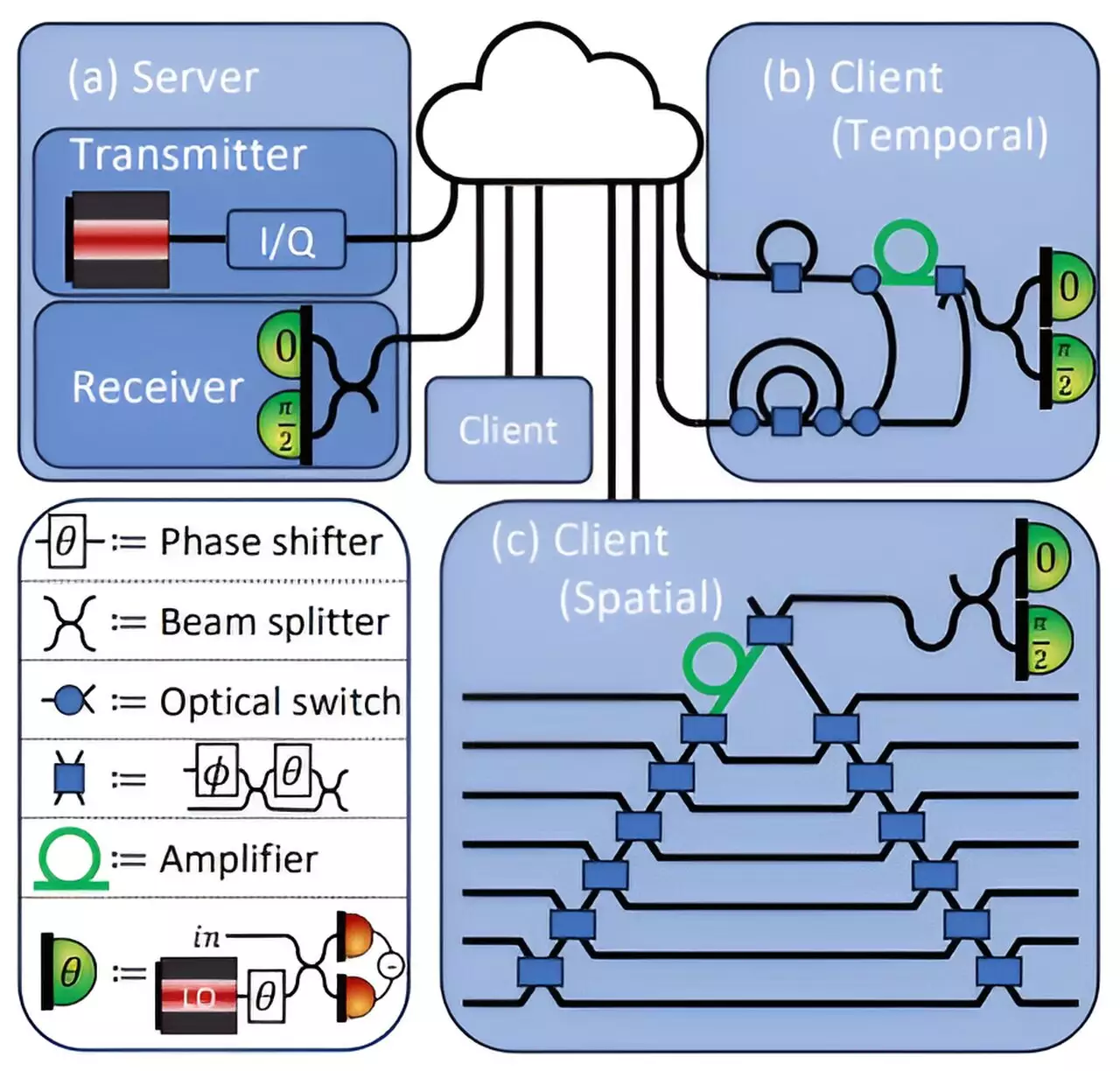Deep learning has emerged as a powerhouse in various domains including healthcare, finance, and artificial intelligence, demonstrating capabilities that were previously unimaginable. However, the dynamic interplay of complex algorithms and the monumental computational power they require means that most deep learning models rely on cloud-based servers. This dependency raises critical concerns regarding data security and privacy, particularly in sensitive sectors like healthcare. The handling of confidential patient information necessitates stringent measures to protect against unauthorized access. In response to these challenges, researchers at MIT have introduced an innovative security protocol that employs quantum properties to safeguard data without compromising the integrity of deep learning models.
In today’s digital age, data breaches and privacy concerns are rampant. Hospitals and medical organizations are particularly cautious about using artificial intelligence (AI) tools for data analysis due to the sensitive nature of medical records. The prospect of using deep learning in these contexts is often overshadowed by fears that patient data could be intercepted during transmission or that the proprietary algorithms powering these AI models could be compromised. The central challenge lies in ensuring that data remains confidential while still enabling the efficacy of cloud-based deep learning.
To address these core issues, MIT researchers have developed a groundbreaking protocol that utilizes quantum mechanics to enhance data security during transactions between clients and cloud servers. This protocol builds on the notion that data can be communicated through the manipulation of laser light in fiber optic systems, rendering it resilient against eavesdropping. By encoding data using the properties of quantum light, researchers exploit a phenomenon known as the no-cloning principle. This principle posits that quantum information cannot be perfectly copied, thereby offering a formidable barrier against data theft.
This new protocol ensures that during the deep learning process, sensitive information from the client—such as medical images used for cancer diagnosis—remains entirely concealed. The server handles the heavy lifting of processing while the client retains control over their data, ensuring that both participants in this digital interaction maintain their proprietary stakes.
Achieving Accuracy and Security
During testing, the researchers confirmed that their reading of quantum information could yield a 96% accuracy rate in predictions while effectively safeguarding sensitive data. The synergy between high accuracy and robust security challenges the prevailing belief that enhancing security necessarily compromises performance. The protocol allows the client—not the server—to measure only the necessary portion of the optical information needed for computations, further protecting the integrity of both the model and the client’s private data.
This security layer operates by allowing the client to send back residual light for verification after utilizing it to execute deep learning tasks. Any leaks or anomalies in this residual light can inform the server about potential data breaches without exposing the client’s sensitive information. Thus, both the client and the server are fortified against potential intrusions from malicious actors.
Looking ahead, the researchers at MIT are keen on exploring the implications of this protocol in a broader context through avenues like federated learning, a method that enables multiple parties to collaboratively train a central deep-learning model using their individual datasets without disclosure of the actual data. Additionally, the potential for integrating this security protocol within quantum operations could yield unmatched advantages in both security and accuracy, an exciting frontier in computational research.
This innovative work not only bridges the fields of deep learning and quantum cryptography, but also introduces a new layer of security in distributed computational architectures. As researchers continue to innovate, the practical implications of quantum-enhanced security protocols could usher in safer methods of communicating and managing sensitive datasets, especially in the healthcare domain.
The work emerging from MIT stands as a transformative milestone in the integration of quantum technologies into everyday applications. By combining cutting-edge advancements in quantum physics with deep learning, researchers pave the way for a future in which data privacy and model integrity are non-negotiable promises. As industries increasingly rely on cloud computing for their AI capabilities, the significance of secure frameworks will only continue to rise. This pioneering research not only propels us closer to implementing safer AI solutions but also introduces a compelling paradigm shift in how we conceive of and secure our digital landscapes.

